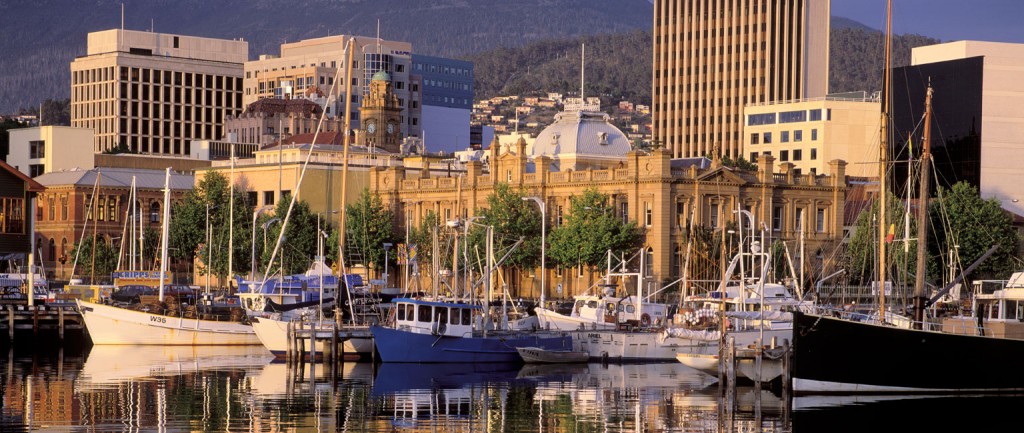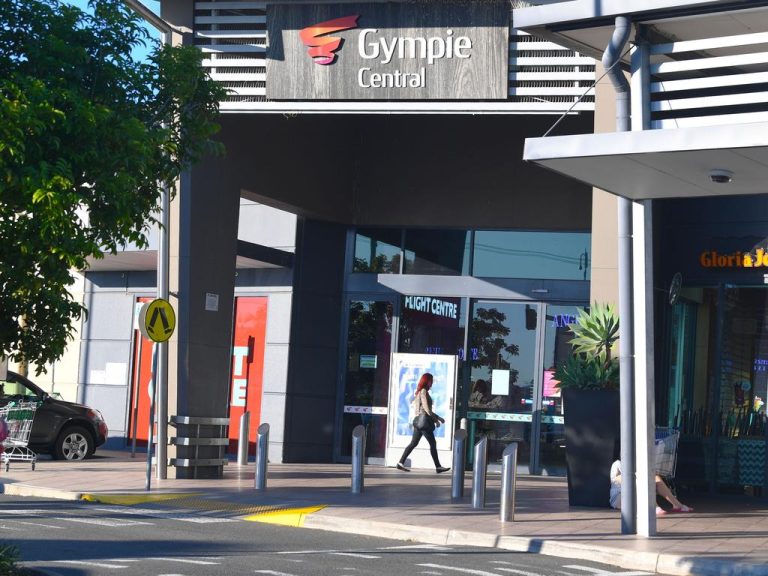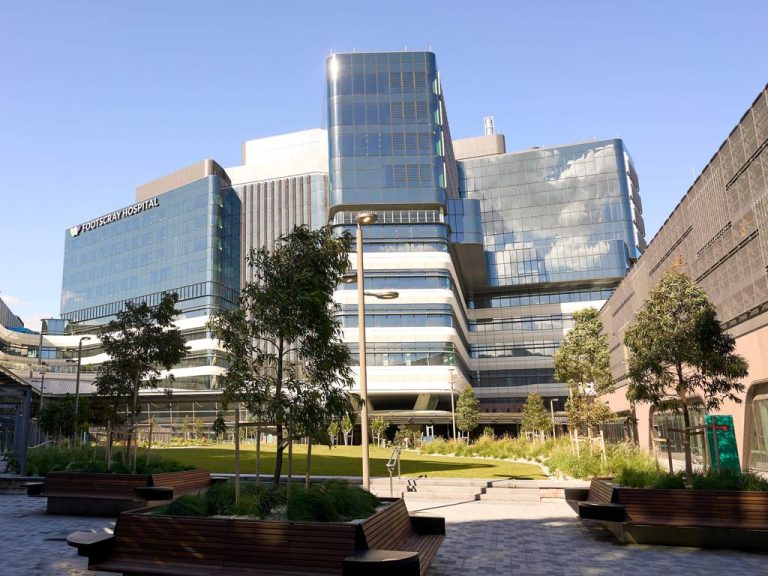Tasmania: crouching tiger or hidden devil for property investors?

The Apple Isle has been feeling the pain of the retreating forest and manufacturing sectors, but opportunities for investors remain, Paul Thornhill finds.
While tourism remains buoyant, the industries which until recently formed the backbone of Tasmania’s economy – timber and manufacturing – have been battered by poor trading conditions and a government seemingly more intent on regulation than stimulation.
Yet Australia’s most southern state has undoubted strengths.
For investors interested in Tasmania, it’s essential to start with an understanding of the lay of the land. The state has four distinct zones, the largest centred on the capital Hobart, in the south, where the public sector dominates the economy and office building mandates.
The north and the northwest of the state are focused on the manufacturing sector, beset by the problems of a high Australian dollar, and a timber industry now in headlong retreat. The agricultural industry, including processing, is dominant in the east and a significant player across the state.
Mary Massina, Executive Director, Tasmania at the Property Council of Australia, told RealCommercial that while the Apple Isle has its challenges, there are plenty of opportunities around as well.
“Royal Hobart Hospital and the new mixed-use Parliament Square development in Hobart are major construction projects and we’ll be watching carefully to see whether the government offices they replace are backfilled. This will give us a good indication of where we are at.”
“In the north, Woolworths is in the middle of a significant development in Launceston. All of these projects are important fill-ups for the state’s economy.”
Massina is quick to point out that while things may be tough, there are opportunities for investors in Tasmania.
“While the state’s population isn’t growing and is in fact getting older, this is creating opportunities in the aged care and retirement living sectors,” she said.
“And while we have seen a recent high in office vacancies, what it underlines to me is the possibilities for mainland companies to take advantage of the significantly lower operating costs available here.
“That was highlighted during the recent NBN rollout which shows that the new age of communications means “the ditch” between us and the mainland is no longer the impediment it once was.”
For investors, Hobart’s office market – with its substantial cost advantage – is the most obvious place to start in an environment where major tenants are showing a persistent focus on occupancy costs. The Property Council of Australia estimates Hobart’s CBD average gross rental at just $350 per square metre.
Massina points to Vodaphone’s recent decision to expand its Hobart operations and the CSIRO, which is headquartered in Tasmania, as examples of a growing trend.
For investors who have pencilled Tasmania in as a moribund market where not much happens, David Walsh’s Museum of New and Old Art is perhaps the most striking example of what is possible.
Derided as the ‘Bilbao of the South’ during its drawn out construction, MONA is now an essential stop on the world-wide cultural arts trail favoured by the seriously well-heeled tourist.
Not quite what you’d expect on the banks of the Derwent of old.







